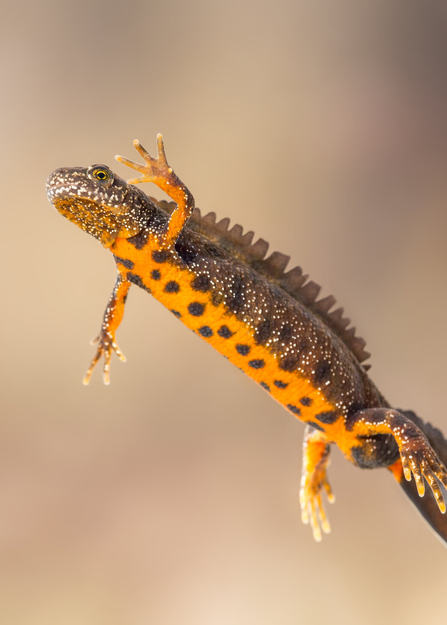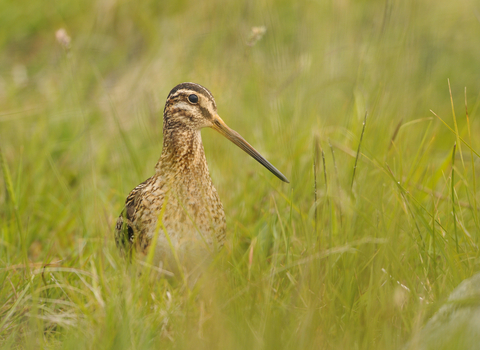It's safe to say that our staff and volunteers have breathed new life into this plot of land in Tyldesley, on the border between Wigan and Salford, which now buzzes, croaks and twitters with life.
While we have been transforming the site for six years now, recent funding from the Government’s Green Recovery Challenge Fund, Viridor Environmental Credits, the Landfill Communities Fund, and Wigan Council’s Brighter Borough Fund mean we have been able to do even more.




